Home>Technology>Smart Home Devices>How To Print Large Scale Images On A Regular Printer
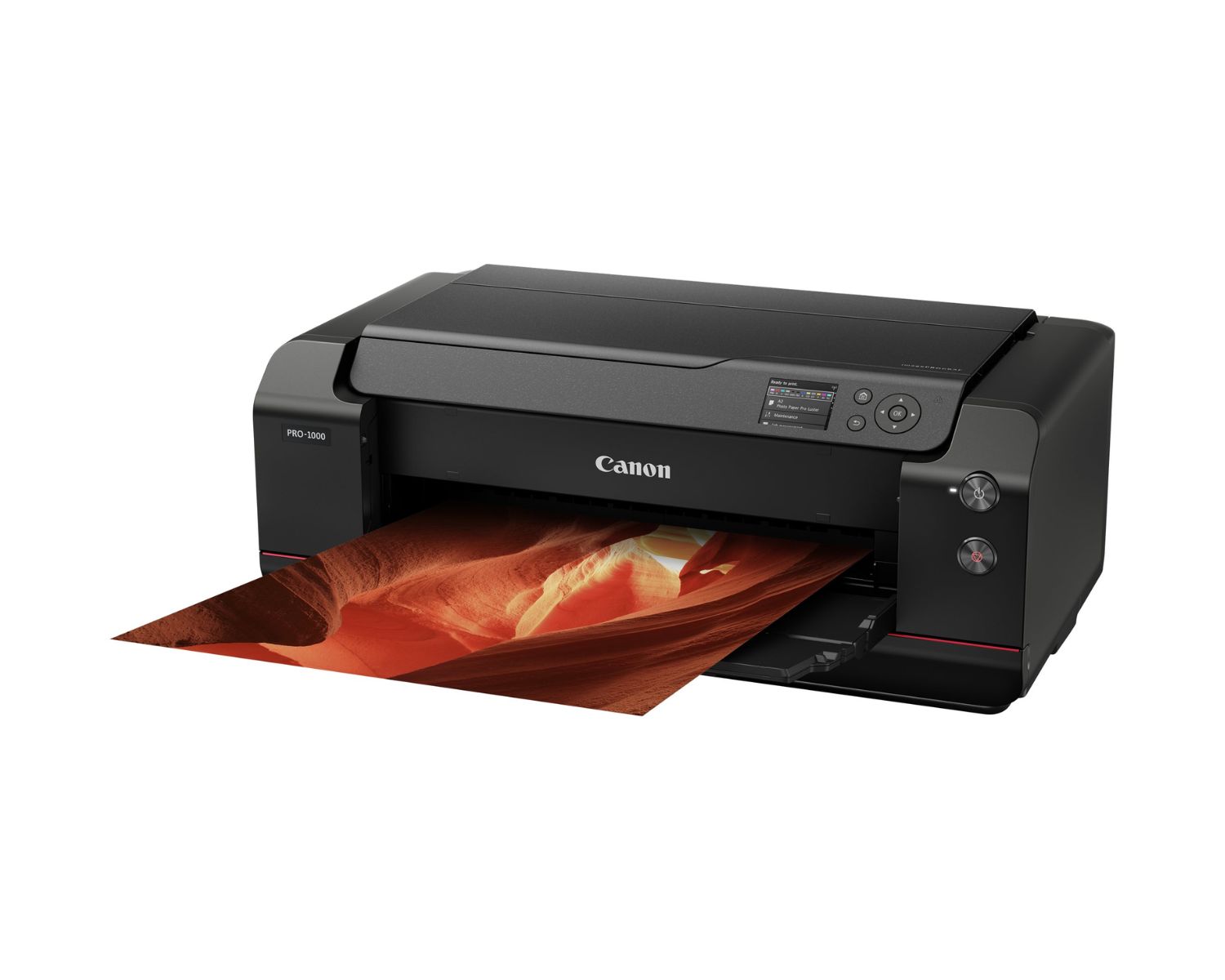

Smart Home Devices
How To Print Large Scale Images On A Regular Printer
Published: January 12, 2024
Learn how to print large scale images on a regular printer with our smart home devices. Achieve professional-quality prints at home effortlessly.
(Many of the links in this article redirect to a specific reviewed product. Your purchase of these products through affiliate links helps to generate commission for Storables.com, at no extra cost. Learn more)
Introduction
Welcome to the exciting world of large-scale image printing using a regular printer! In this comprehensive guide, we will explore the process of transforming digital images into stunning, high-quality prints without the need for a specialized large-format printer. Whether you are an avid photographer, a creative artist, or a DIY enthusiast, the ability to print large-scale images at home opens up a world of possibilities for showcasing your work and adding a personal touch to your living space.
Printing large-scale images on a regular printer may seem daunting at first, but with the right techniques and a clear understanding of the process, you can achieve professional-looking results with ease. From understanding image resolution to selecting the perfect paper and adjusting printer settings, this guide will walk you through each step, ensuring that you are well-equipped to embark on your printing journey.
So, grab your favorite digital images, unleash your creativity, and get ready to bring your vision to life in impressive, larger-than-life prints. Whether you are looking to adorn your walls with breathtaking landscapes, create custom posters for events, or simply indulge in the joy of seeing your photography or artwork in grand dimensions, this guide will equip you with the knowledge and techniques to turn your digital dreams into tangible, awe-inspiring prints.
Are you ready to unlock the potential of your regular printer and unleash your creativity on a grand scale? Let's dive into the world of large-scale image printing and discover the art of transforming digital pixels into captivating physical masterpieces.
Key Takeaways:
- Transform digital images into stunning, high-quality prints on a regular printer by understanding image resolution, choosing the right paper, and adjusting printer settings for professional-looking results.
- Embrace the joy of witnessing your digital creations come to life in grand dimensions as you print large-scale images at home, turning pixels into captivating masterpieces with your regular printer.
Understanding Image Resolution
Before delving into the process of printing large-scale images, it is crucial to grasp the concept of image resolution. Image resolution refers to the amount of detail that an image holds, typically measured in pixels per inch (PPI) or dots per inch (DPI). When it comes to printing, understanding resolution is paramount to ensure that your images maintain their clarity and sharpness when enlarged.
When you enlarge an image for printing, the number of pixels per inch becomes crucial. A higher resolution allows for more detail and sharpness in the printed image, while a lower resolution can result in pixelation and a loss of clarity. For large-scale printing, a resolution of 300 DPI is generally recommended to ensure crisp and vibrant results.
When selecting images for large-scale printing, it is essential to consider the original resolution. Higher resolution images, such as those captured with professional cameras or created in graphics software, are better suited for large-scale printing as they contain more detail. On the other hand, low-resolution images, such as those downloaded from the internet or captured with basic cameras, may not yield satisfactory results when enlarged.
Before proceeding with large-scale printing, it is advisable to assess the resolution of your digital images. Most image editing software, such as Adobe Photoshop or GIMP, allows you to check the resolution of an image. If the resolution falls below the recommended 300 DPI for large-scale printing, consider whether the image can be upscaled without sacrificing quality or explore alternative high-resolution sources for your printing needs.
Understanding image resolution is the cornerstone of achieving impressive large-scale prints. By ensuring that your images possess the necessary resolution and detail, you set the stage for breathtaking results that capture the essence of your digital creations in physical form.
Choosing the Right Paper
When it comes to large-scale image printing, the choice of paper plays a pivotal role in determining the overall quality and visual impact of the final print. Selecting the right paper can elevate the appearance of the printed image, enhancing its texture, color reproduction, and durability. With a myriad of paper options available, each offering unique characteristics, it is essential to consider the following factors when choosing the perfect paper for your large-scale prints.
- Weight and Thickness: The weight and thickness of the paper significantly influence the feel and sturdiness of the print. For large-scale prints, opting for heavyweight paper (measured in grams per square meter, or GSM) can impart a luxurious and substantial feel to the final output, ensuring that it stands out as a striking visual centerpiece.
- Surface Finish: Paper comes in various surface finishes, such as matte, gloss, satin, and luster. The choice of surface finish can profoundly impact the way the printed image appears. Matte finishes offer a non-reflective, subtle texture, making them ideal for minimizing glare and showcasing a wide range of colors. Glossy finishes, on the other hand, deliver vibrant and sharp images with a reflective sheen, adding a lustrous appeal to the print.
- Color and Brightness: The color and brightness of the paper can influence the way colors are reproduced in the print. Bright white papers are often preferred for their ability to render vivid colors and deep contrasts, while off-white or natural-toned papers can impart a more organic and vintage aesthetic to the image.
- Archival Quality: For prints intended to withstand the test of time, archival-quality paper is essential. Acid-free and lignin-free papers are designed to resist yellowing and deterioration, ensuring that your large-scale prints retain their brilliance and integrity for years to come.
Before selecting the paper for your large-scale prints, consider the visual impact you aim to achieve and the environment in which the prints will be displayed. Whether you seek a sleek and modern finish, a timeless and classic appeal, or a durable and long-lasting quality, the right paper can bring your vision to life in stunning detail.
By carefully considering the weight, surface finish, color, and archival properties of the paper, you can enhance the visual impact of your large-scale prints, transforming them into captivating works of art that command attention and admiration.
Adjusting Printer Settings
As you prepare to print your large-scale images, fine-tuning the printer settings is essential to ensure that the final output faithfully represents the beauty and detail of your digital creations. By adjusting the printer settings to align with the characteristics of your chosen paper and the resolution of your images, you can optimize the printing process for exceptional results.
Here are key printer settings to consider when preparing to print large-scale images:
- Media Type: Selecting the appropriate media type setting on your printer allows it to adjust the ink application and drying process to suit the characteristics of the chosen paper. For example, if you are using a glossy photo paper, selecting the “Photo Paper Glossy” media type ensures that the printer optimizes color vibrancy and drying time for glossy surfaces.
- Print Quality: When printing large-scale images, opt for the highest print quality setting available on your printer. This setting, often denoted as “High” or “Best,” maximizes the printer’s resolution and ink application, resulting in sharp details, smooth gradients, and vibrant colors in the final print.
- Paper Size and Orientation: Ensure that the printer settings match the dimensions and orientation of your large-scale images. Select the appropriate paper size, such as A3 or Tabloid, and choose the correct orientation (portrait or landscape) to prevent any cropping or misalignment during printing.
- Color Management: If your printer offers advanced color management options, consider calibrating the color settings to achieve accurate color reproduction. Additionally, if you have performed color adjustments to your digital images, ensure that the printer’s color settings align with your desired color profile for the best results.
- Borderless Printing: Many modern printers feature a borderless printing option, allowing the image to extend to the edges of the paper without any white borders. When printing large-scale images intended for framing or display, enabling the borderless printing feature can create a seamless and professional-looking final product.
- Ink Density and Drying Time: Depending on the paper type and print quality, adjusting the ink density and drying time settings can optimize the ink application and drying process for the chosen paper, preventing smudging and ensuring the longevity of the print.
By meticulously adjusting the printer settings to align with the characteristics of your chosen paper and the resolution of your images, you can maximize the potential of your regular printer to produce large-scale prints that exude professional quality and visual brilliance.
To print large scale images on a regular printer, use software like Adobe Acrobat or PosteRazor to split the image into smaller sections that can be printed and then assembled to create the full image.
Printing the Image
With your images primed, the paper selected, and the printer settings adjusted, it’s time to bring your large-scale prints to life. The process of printing the image is the culmination of your meticulous preparations, and it marks the transformation of digital pixels into tangible, awe-inspiring artworks.
Here are the essential steps to ensure a seamless and successful printing process for your large-scale images:
- Preview the Print: Before initiating the print, it is advisable to preview the image to ensure that it aligns correctly with the selected paper size and orientation. This step allows you to verify that the image will be printed exactly as intended, without any unexpected cropping or misalignment.
- Load the Paper: Carefully load the chosen paper into the printer’s paper tray, ensuring that it aligns with the paper size settings selected in the printer settings. Proper alignment and handling of the paper can prevent misfeeds and ensure that the print is executed smoothly.
- Initiate the Print: With the image previewed and the paper loaded, initiate the print process using the adjusted printer settings. As the printer comes to life, observe the meticulous rendering of your digital creation onto the chosen paper, eagerly anticipating the emergence of a stunning large-scale print.
- Inspect the Print: Once the printing process is complete, carefully retrieve the printed image from the printer. Take a moment to inspect the print for any imperfections, ensuring that the colors, details, and overall quality meet your expectations. If any issues are identified, consider troubleshooting solutions or adjustments to the printer settings for future prints.
- Allow for Drying and Settling: After the print is complete, allow it to dry and settle before handling it further. Depending on the ink density and paper type, the print may require a brief period to fully set, ensuring that the colors remain vibrant and the surface remains pristine.
- Prepare for Display or Preservation: Once the print has dried, it is ready for display or preservation. Whether you intend to frame the print for immediate exhibition or store it for future use, handle the print with care to maintain its integrity and visual impact.
As the printer meticulously transfers your digital masterpiece onto the chosen paper, revel in the satisfaction of witnessing your vision materialize in grand dimensions. The printing process marks the culmination of your creative journey, transforming digital imagery into captivating large-scale prints that demand attention and admiration.
Troubleshooting Common Issues
While the process of printing large-scale images can yield spectacular results, it is not uncommon to encounter occasional challenges or issues along the way. Understanding common printing issues and their potential solutions can empower you to address any hiccups and ensure that your large-scale prints meet your expectations.
Here are some common issues that may arise during the large-scale printing process and their troubleshooting solutions:
- Print Quality Issues: If the printed image appears pixelated, blurry, or lacks detail, it may indicate a resolution mismatch. Ensure that the original image possesses the necessary resolution for large-scale printing, and adjust the printer settings to maximize print quality.
- Color Discrepancies: Inaccurate color reproduction in prints can stem from color management inconsistencies. Verify that the color profiles of both the digital image and the printer settings align, and consider calibrating the color settings for precise color reproduction.
- Paper Jams or Misfeeds: Paper jams or misfeeds can disrupt the printing process and lead to skewed or incomplete prints. Ensure that the paper is loaded correctly and that the paper type and size settings in the printer align with the loaded paper to prevent feeding issues.
- Ink Smudging or Bleeding: If the printed image exhibits ink smudges or bleeding, adjust the ink density and drying time settings to optimize ink application and drying. Additionally, ensure that the chosen paper is compatible with the printer’s ink type to prevent smudging.
- Uneven Borders or Cropping: Misaligned borders or unexpected cropping of the image can result from incorrect paper size settings or a mismatch between the image dimensions and the selected paper size. Verify that the paper size settings in the printer align with the dimensions of the digital image to ensure accurate printing.
By familiarizing yourself with these common issues and their respective troubleshooting strategies, you can navigate the large-scale printing process with confidence and address any challenges that may arise. Embracing a proactive approach to troubleshooting ensures that your printing endeavors yield exceptional results, allowing your digital creations to shine in magnificent large-scale prints.
Conclusion
Congratulations on embarking on a journey to unlock the potential of your regular printer and breathe life into your digital images on a grand scale. As you have discovered, the process of printing large-scale images involves a harmonious blend of technical precision, creative vision, and meticulous attention to detail. By understanding image resolution, selecting the perfect paper, adjusting printer settings, and troubleshooting common issues, you have equipped yourself with the knowledge and expertise to produce stunning large-scale prints with confidence.
As each printed image emerges from your regular printer, it represents the seamless fusion of digital artistry and tangible beauty, ready to adorn your walls, captivate audiences, or serve as a cherished memento of your creative endeavors. Whether you are a photography enthusiast, an artist seeking to showcase your work, or an individual eager to add a personal touch to your living space, the ability to print large-scale images at home empowers you to transform your digital vision into breathtaking physical realities.
With each press of the print button, you have the opportunity to witness the transformation of pixels into captivating masterpieces, each imbued with the essence of your creativity and passion. The process of large-scale image printing transcends mere technicality; it is a celebration of art, innovation, and the boundless possibilities that unfold when digital ingenuity meets the tangible world.
As you venture forth on your printing endeavors, may each large-scale print serve as a testament to your artistic flair, attention to detail, and unwavering commitment to bringing your digital creations to life in magnificent dimensions. Embrace the joy of witnessing your visions materialize in grandeur, and let each large-scale print stand as a testament to the beauty that emerges when technology and creativity converge.
So, with your regular printer as your trusted ally and your creative spirit as your guiding force, continue to explore the art of large-scale image printing, knowing that each print is a testament to your unique perspective and the transformative power of digital artistry.
Frequently Asked Questions about How To Print Large Scale Images On A Regular Printer
Was this page helpful?
At Storables.com, we guarantee accurate and reliable information. Our content, validated by Expert Board Contributors, is crafted following stringent Editorial Policies. We're committed to providing you with well-researched, expert-backed insights for all your informational needs.
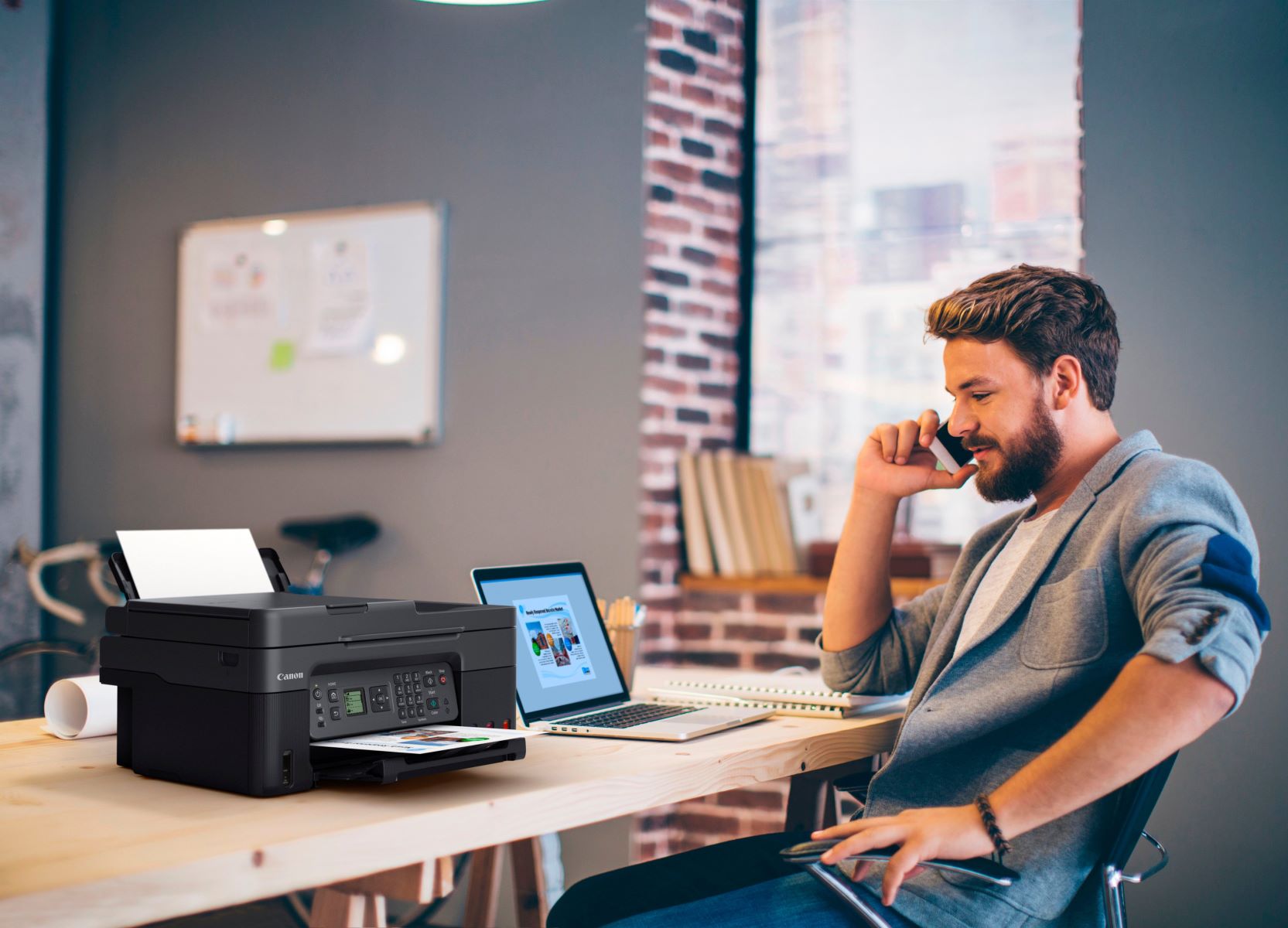
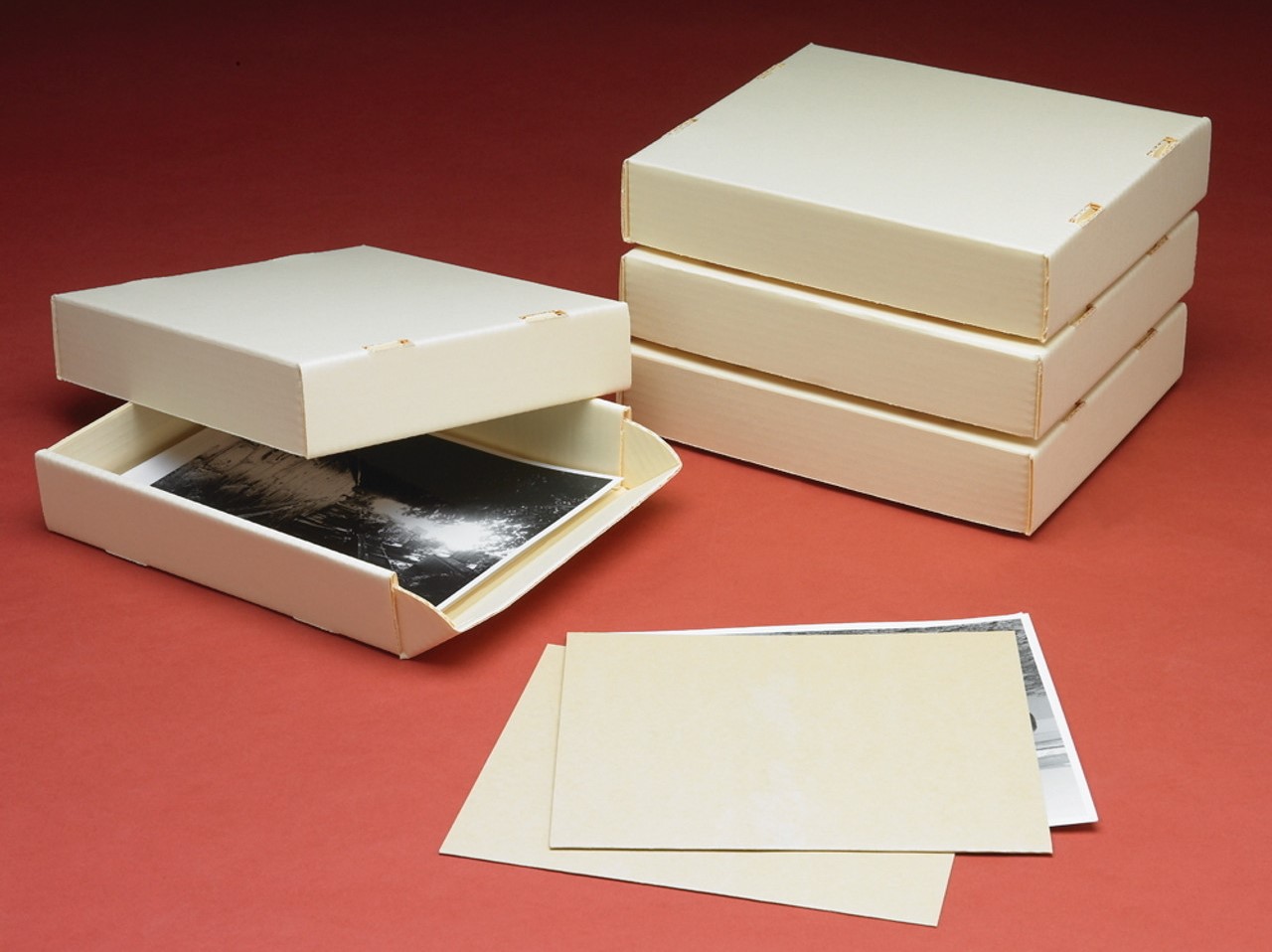
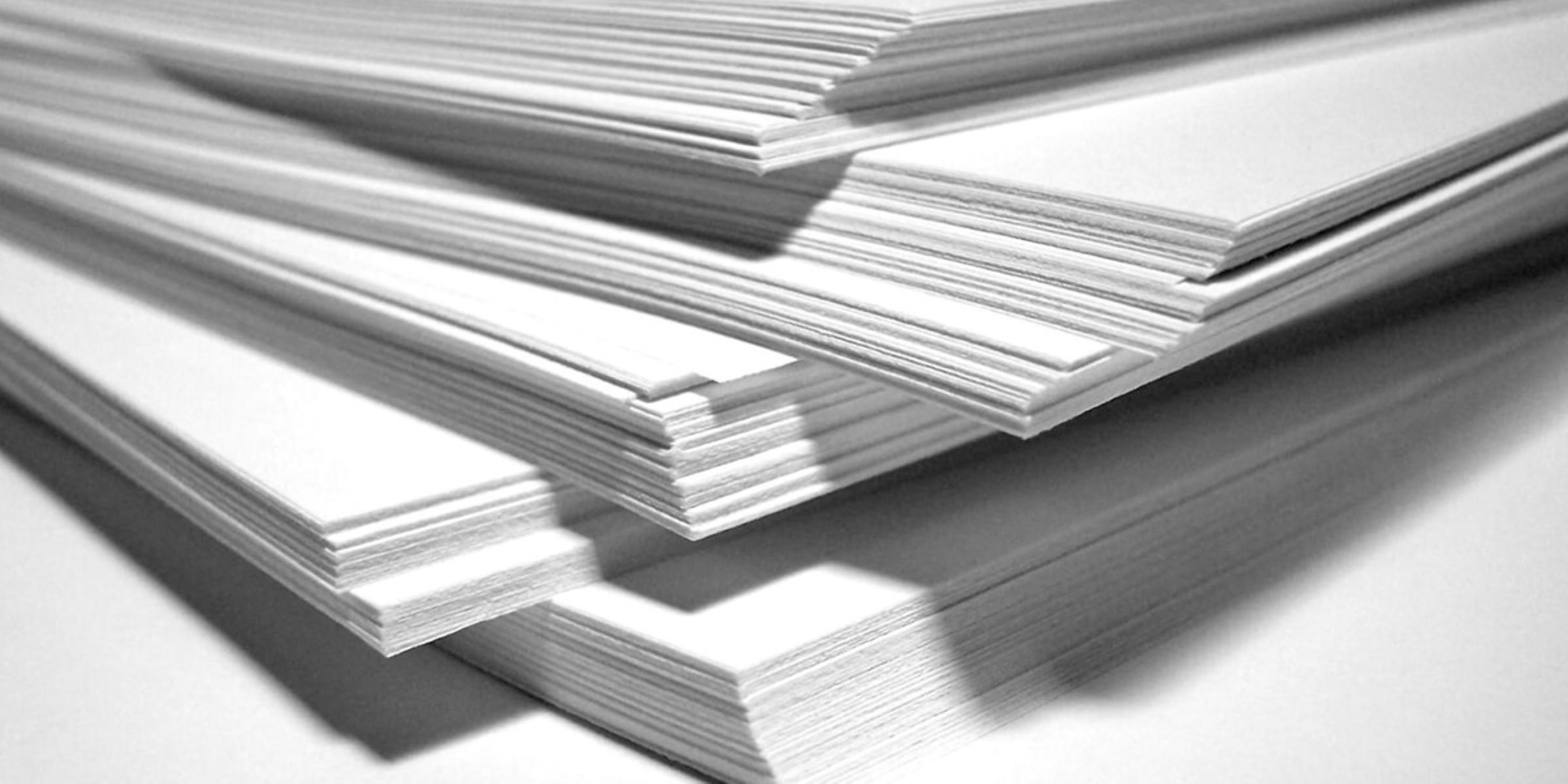
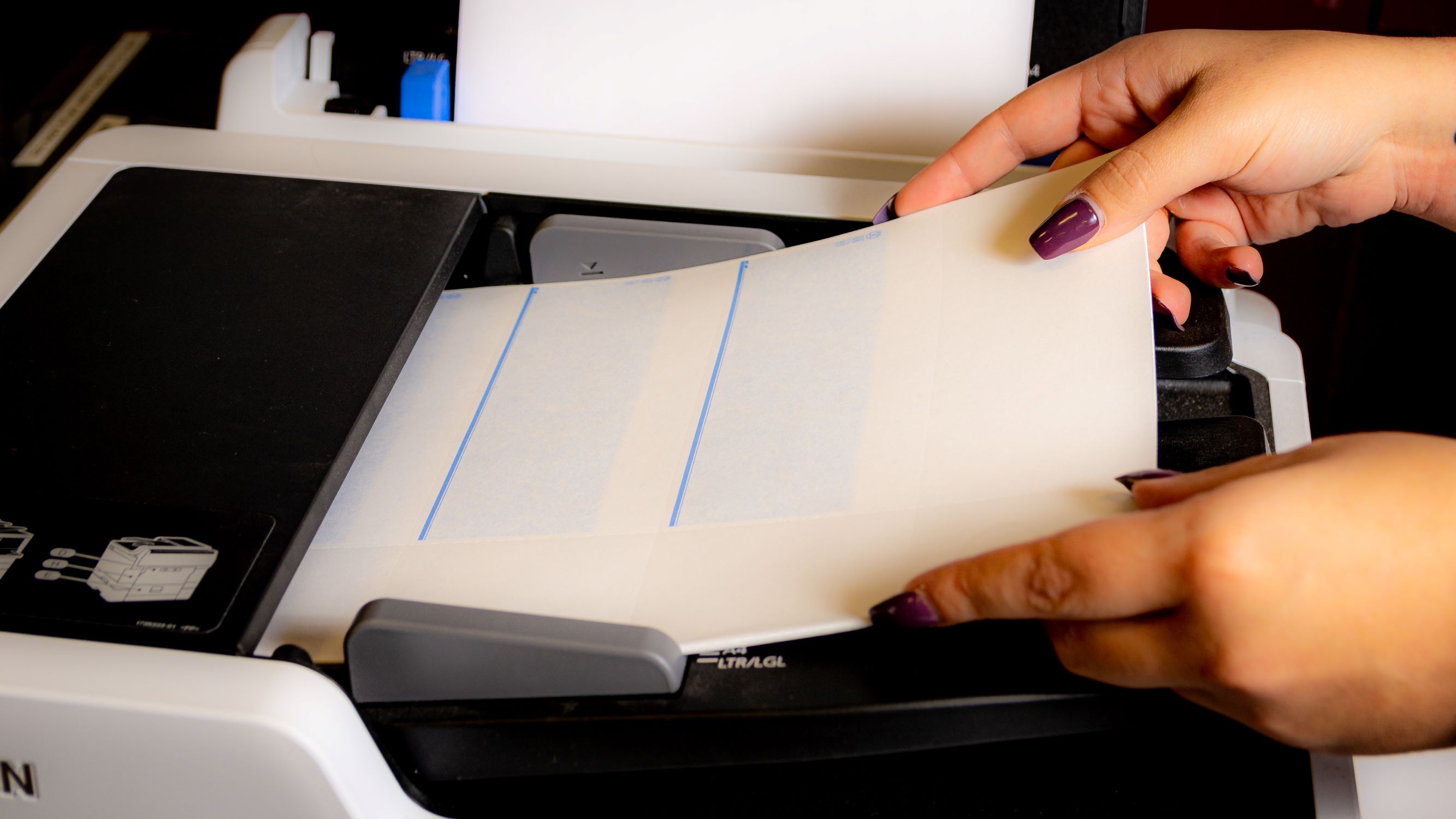
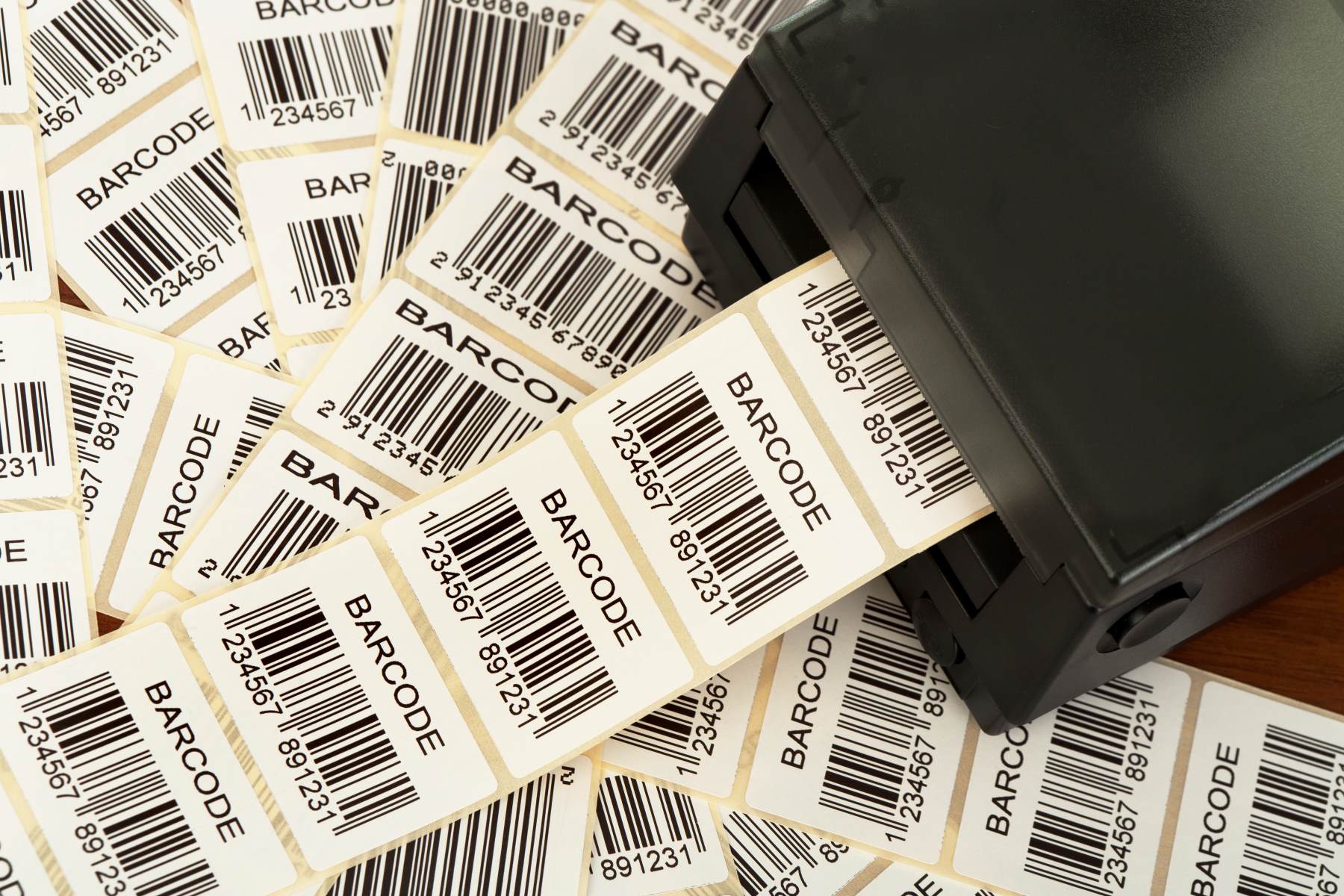
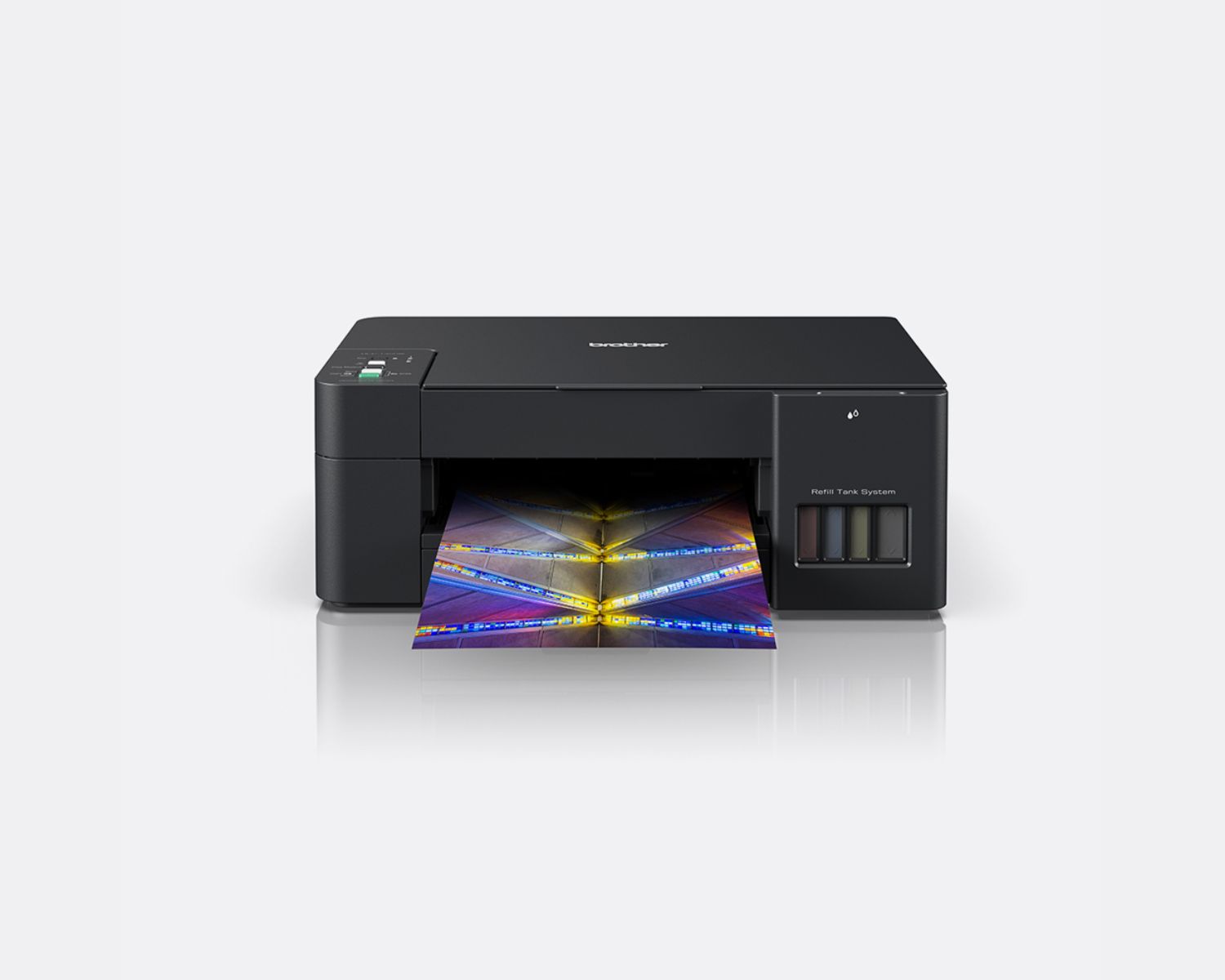
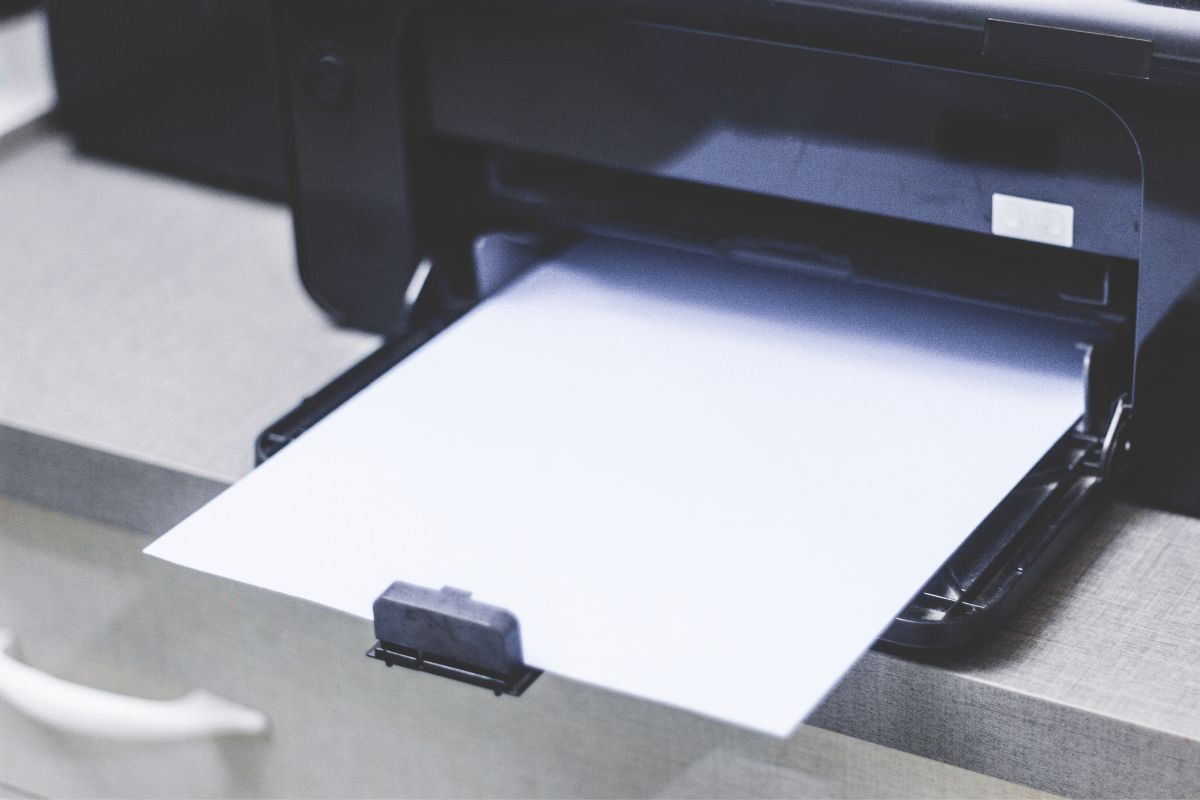
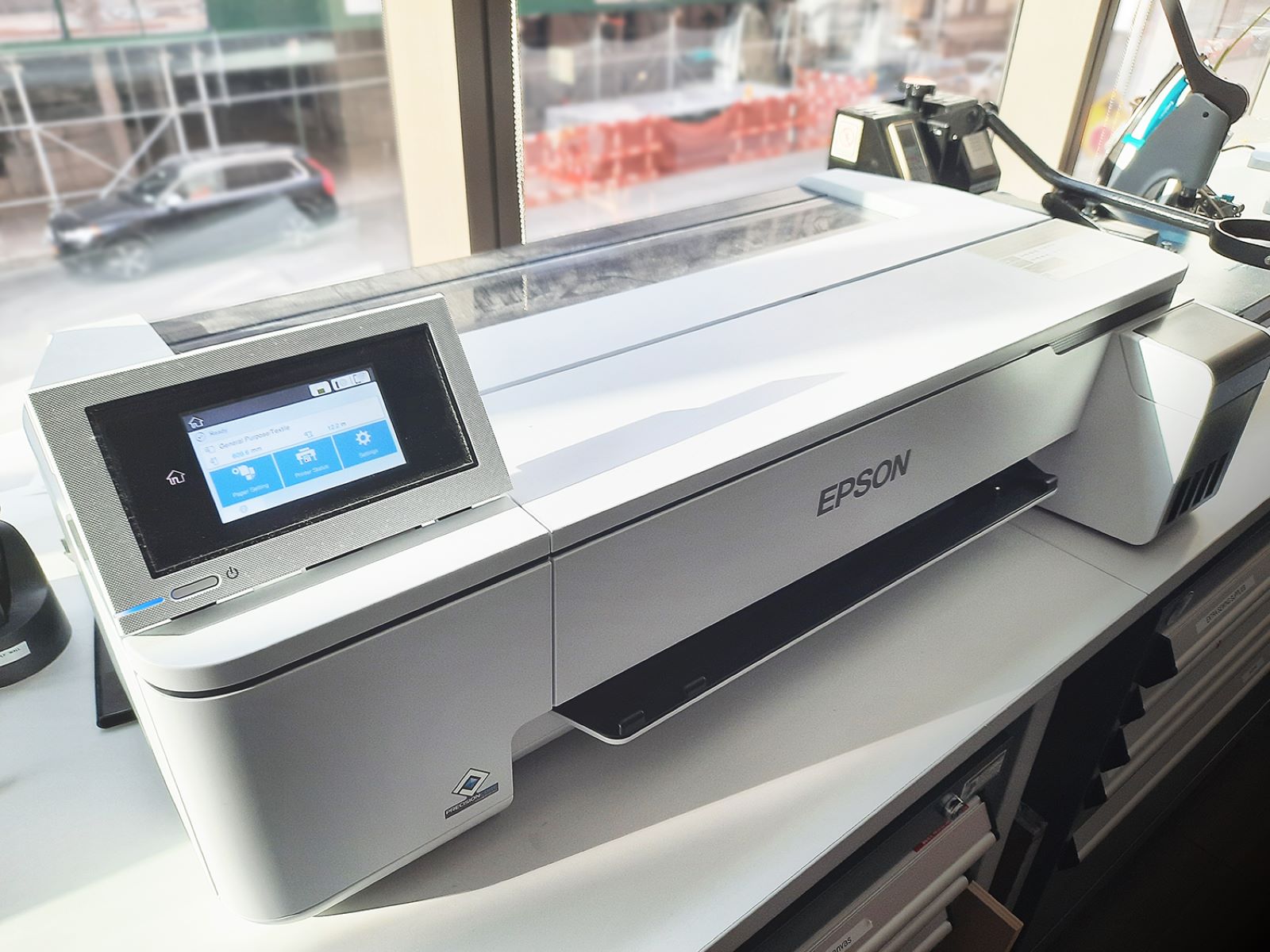
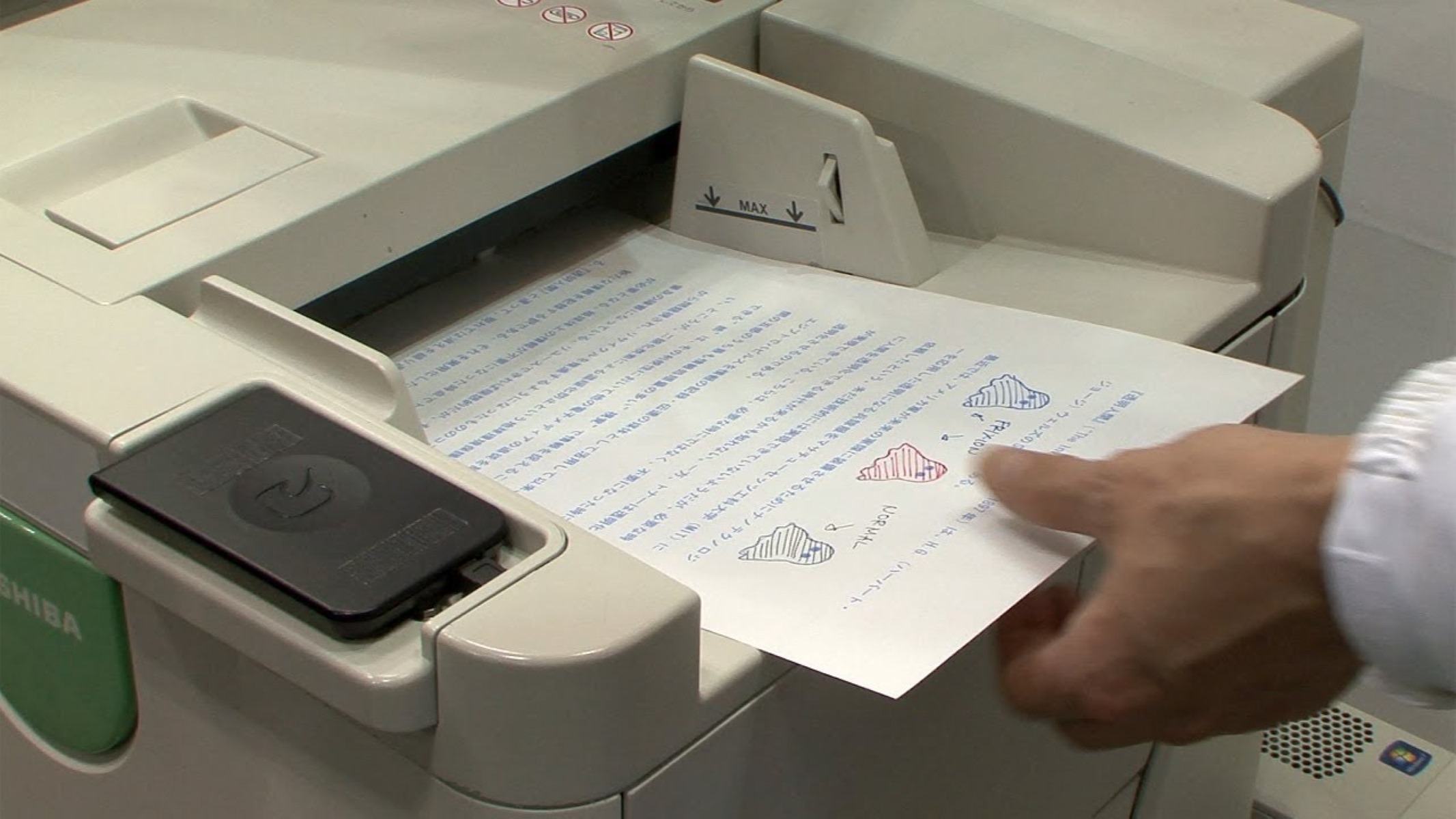
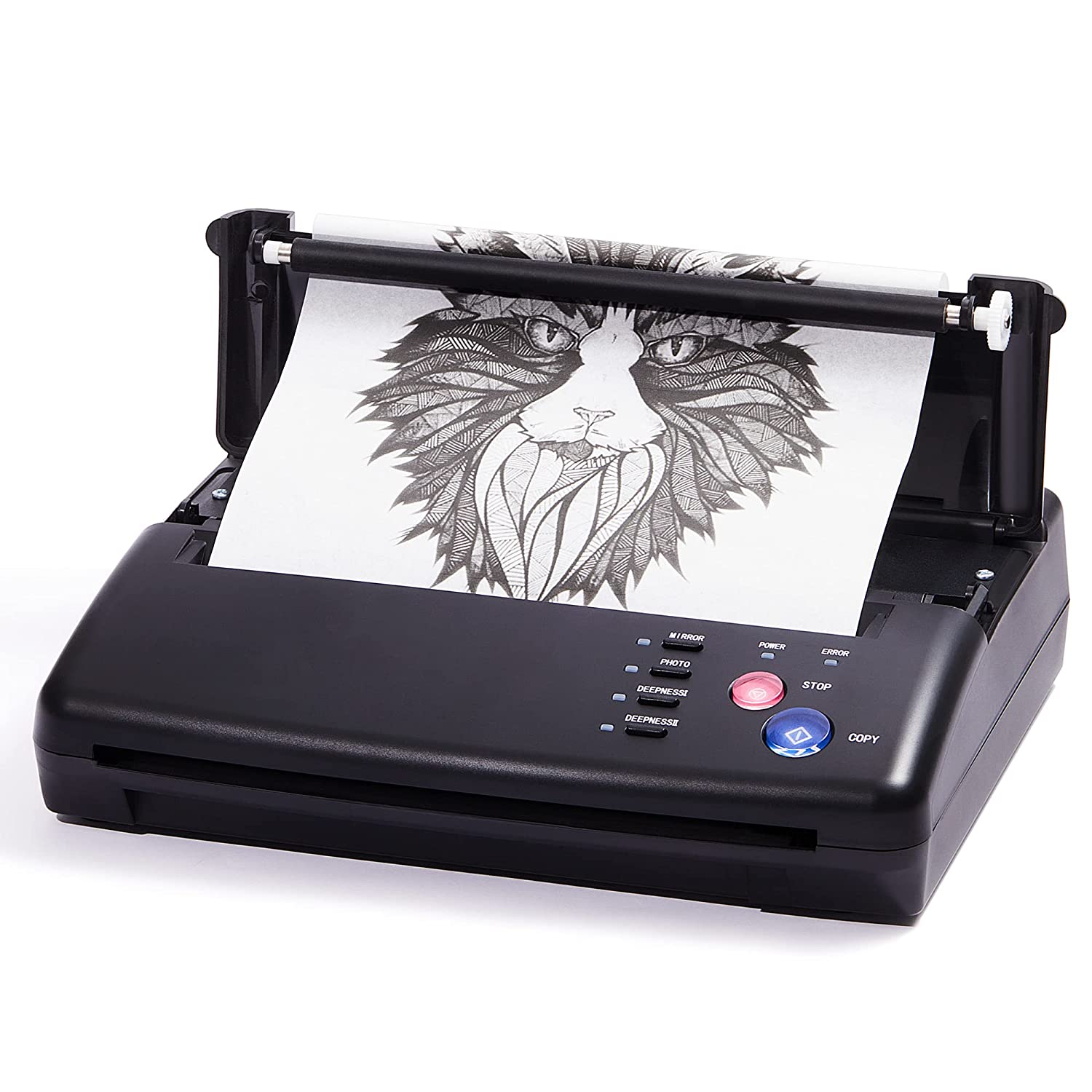
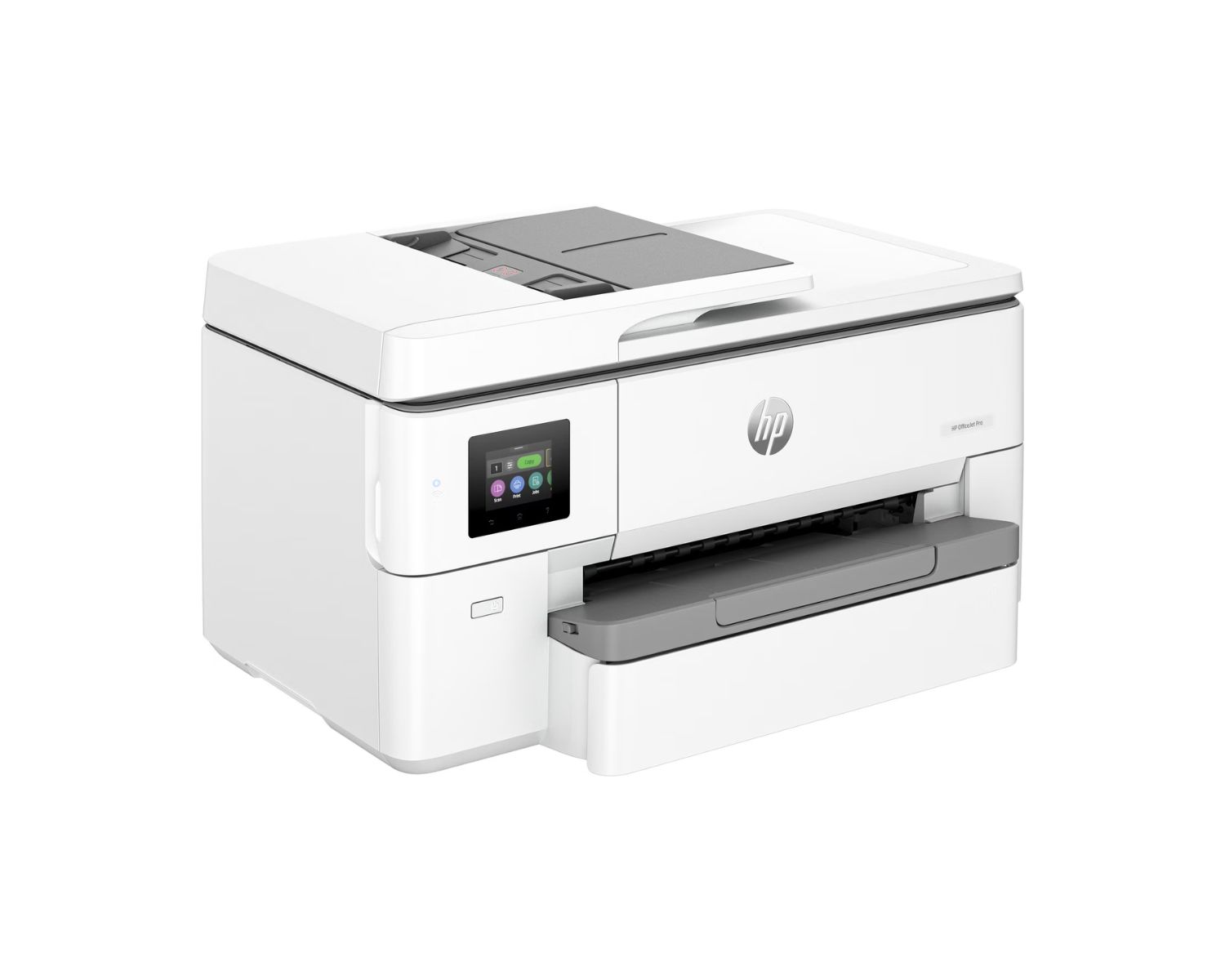
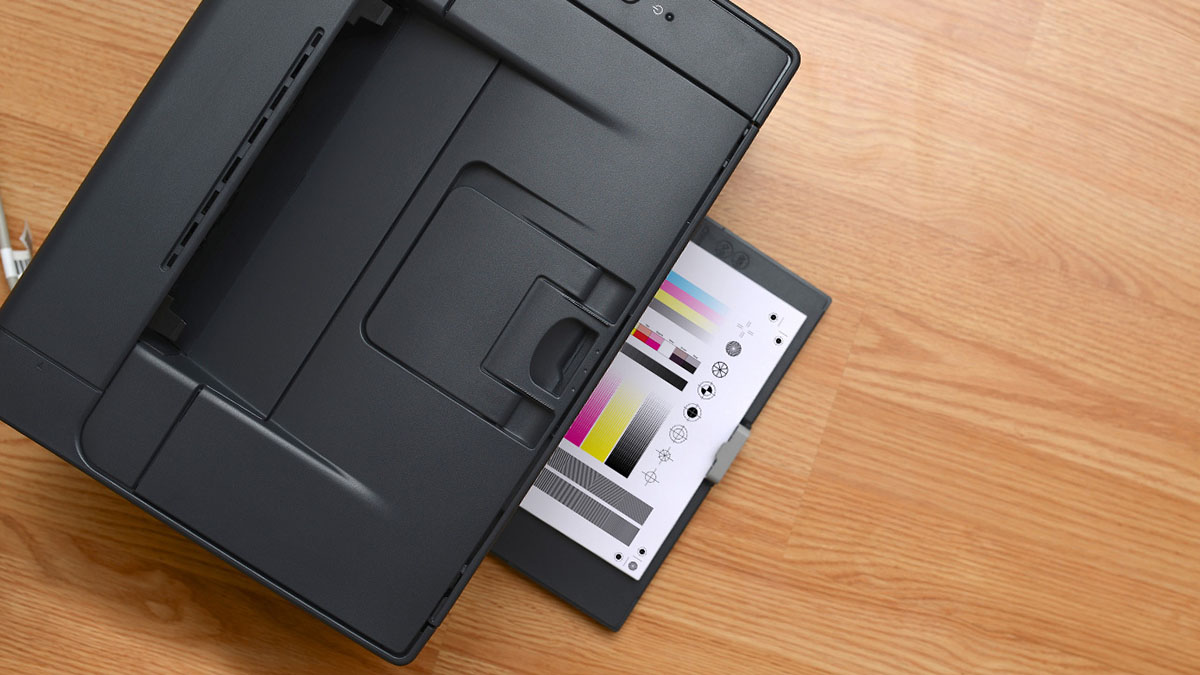
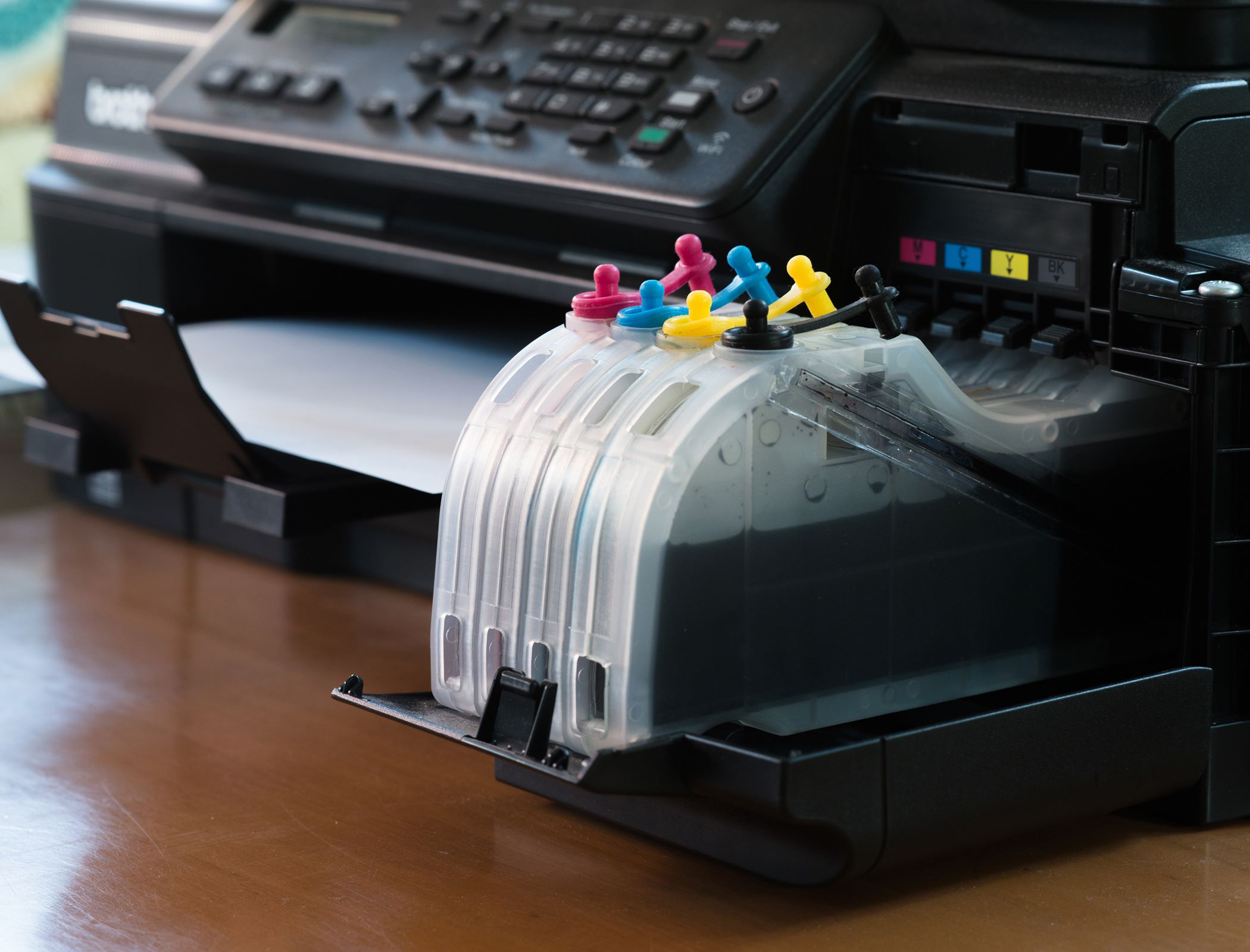
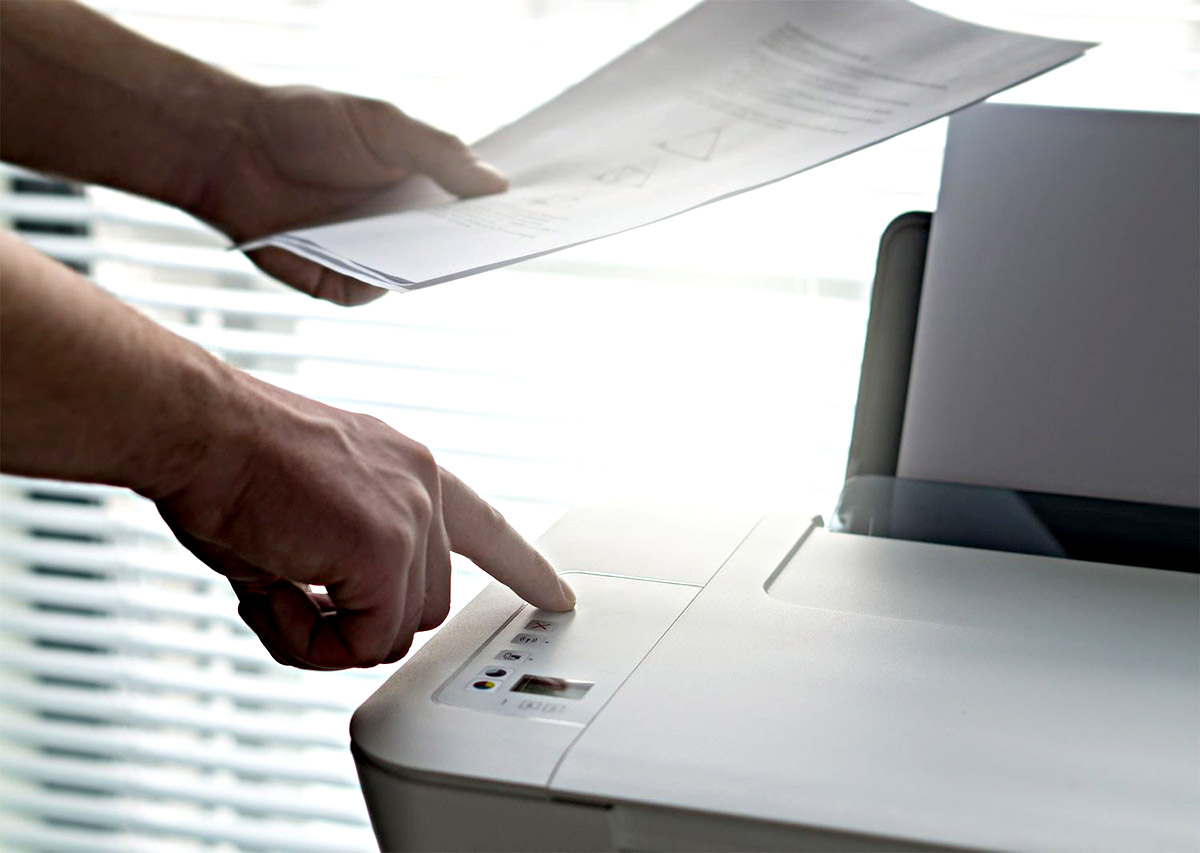

0 thoughts on “How To Print Large Scale Images On A Regular Printer”